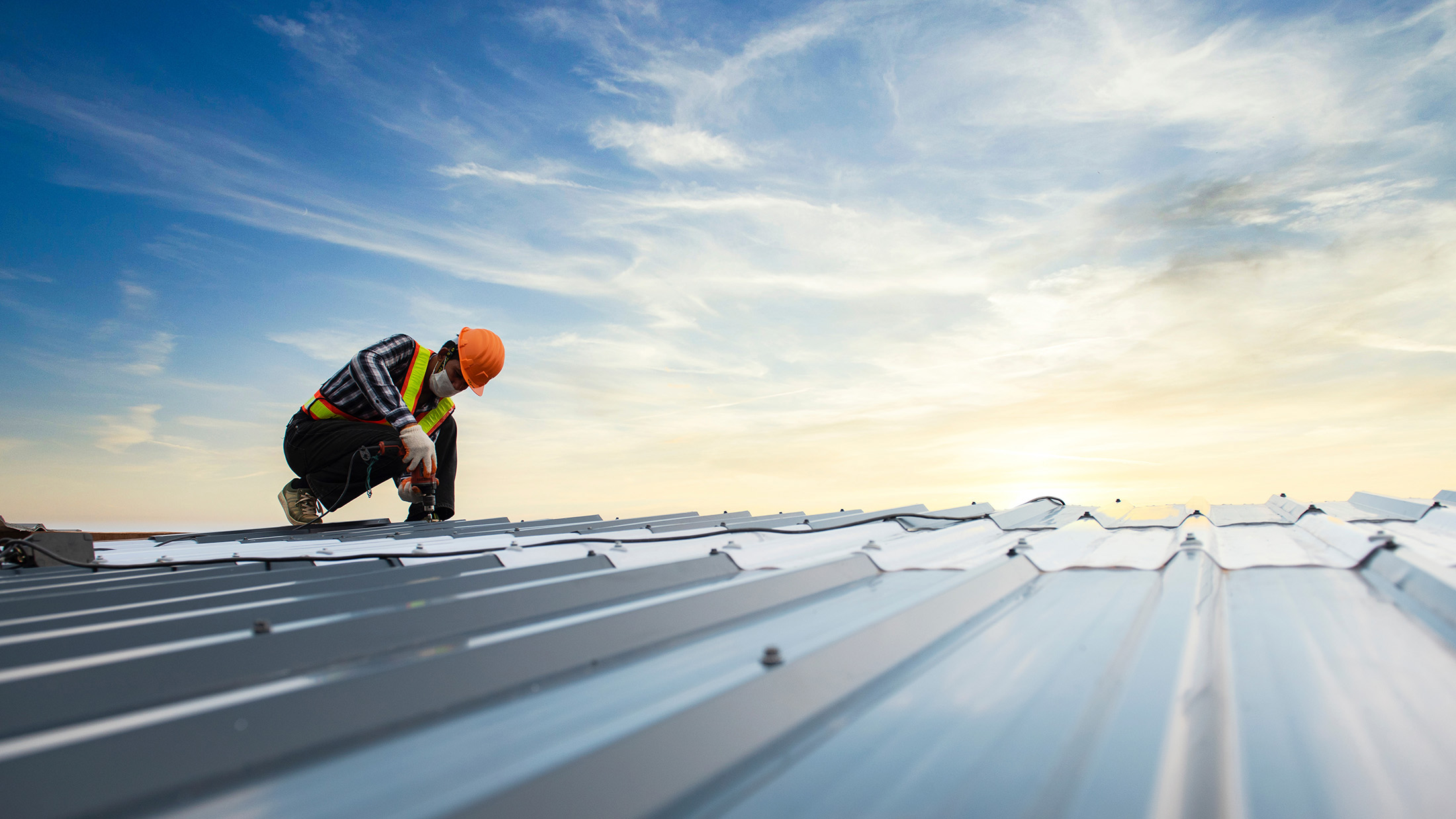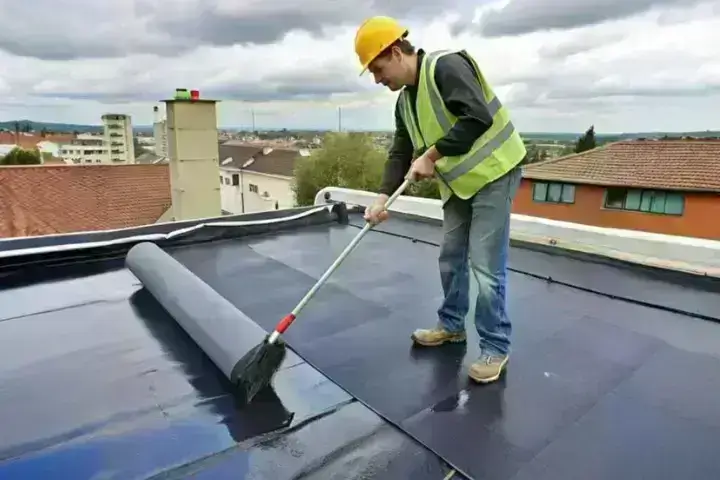Top 5 Reasons to Consider Basement waterproofing Omaha for a Safe Living Space
Kinds of Waterproofing: Checking Out the Different Techniques and Their Applications
Waterproofing is a vital element of construction and upkeep. It protects structures from the destructive impacts of water damage. There are a number of approaches available, each with its unique applications and benefits. From membrane systems to cementitious options, comprehending these choices is necessary for efficient execution. The option of waterproofing approach can greatly impact sturdiness and long life. Discovering these numerous strategies discloses their unique benefits and prospective difficulties, prompting further consideration of optimal services.
Membrane Layer Waterproofing Solutions
Membrane layer waterproofing systems function as an essential obstacle versus water invasion in different structures. These systems usually contain thin sheets made from materials like rubber, polycarbonate, or asphalt, which are related to surfaces to avoid moisture penetration. They can be installed above or below quality and are particularly efficient in areas prone to high water exposure, such as cellars, roofing systems, and foundations.The setup process involves cleansing the substrate, using adhesives or guides, and precisely fitting the membrane to ensure full coverage. Membrane layer systems can be either totally adhered, mechanically affixed, or laid loose, relying on the specific requirements of the job. They supply longevity and adaptability, suiting structural movements without endangering their waterproofing capabilities. These systems can be reinforced with extra layers for enhanced security. Inevitably, membrane layer waterproofing systems are vital for guarding frameworks against water damage and keeping lasting integrity.
Liquid-Applied Waterproofing Coatings
Liquid-applied waterproofing finishes supply a flexible remedy for safeguarding surfaces from water infiltration - Basement waterproofing Omaha. These finishings contain fluid products that, when used, develop a seamless, flexible membrane. Their flexibility permits application on numerous substrates, consisting of concrete, metal, and wood. The coatings can be made use of in varied settings, from residential to commercial setups, making them suitable for roof coverings, foundations, and below-grade structures.One significant advantage of liquid-applied coverings is their capacity to comply with uneven forms and penetrate cracks, creating a durable barrier versus wetness. They often show outstanding attachment buildings and resistance to UV radiation, guaranteeing durability and resilience. Furthermore, the application procedure is normally simple, enabling quick installment and decreased labor costs. This approach also reduces the risk of water pooling, as the constant layer properly routes water away from susceptible locations. Generally, liquid-applied waterproofing coverings are an efficient selection for complete water defense
Cementitious Waterproofing Solutions

Cementitious waterproofing options use a durable choice for structures needing trustworthy wetness defense. These systems primarily make use of a blend of cement, sand, and chemical ingredients to develop a water-proof barrier. They are usually put on surfaces such as concrete walls, foundations, and floors, providing a durable, lasting protection versus water intrusion.One of the vital advantages of cementitious waterproofing is its ease of application; pop over to these guys it can be applied making use of a brush, roller, or spray, making it appropriate for different job dimensions. Furthermore, this technique works with lots of surface areas and can commonly be utilized together with various other waterproofing techniques.Cementitious solutions are particularly efficient in atmospheres where water exposure is a concern, such as basements or below-grade frameworks. Their superb attachment residential properties assure that they bond well with substrates, supplying a strong and nonporous layer versus dampness infiltration.
Bentonite Waterproofing
Bentonite waterproofing is a very effective approach that uses salt bentonite clay to develop his explanation a natural obstacle versus water. This method makes use of the unique residential or commercial properties of bentonite, which expands upon call with water, sealing any prospective leakages and stopping dampness seepage. It is generally made use of in various applications, including structure wall surfaces, tunnels, and maintaining walls, where water resistance is essential.Bentonite can be used in several kinds, such as panels or coverings, supplying flexibility in setup. Its ability to self-seal makes it an appealing choice for areas based on shifting dirt or rising and falling water levels. Additionally, bentonite waterproofing is ecologically friendly, as it is an all-natural product that does not present dangerous chemicals right into the surroundings.
Water Drainage and External Waterproofing Solutions
Effective waterproofing frequently entails a mix of methods, including drain and outside systems. Drain systems, such as French drains and sump pumps, are made to reroute water far from structures, minimizing hydrostatic pressure against structures. These systems are necessary in protecting against water build-up that can lead to architectural damages and mold growth.External waterproofing, on the various other hand, includes using safety barriers to the building's outside. Methods such as the installment of water-proof membrane layers, finishes, or sealants can help stop water infiltration. This approach not just secures the structure however also boosts the total sturdiness of the structure.Together, drainage and external waterproofing systems create a detailed service to manage water successfully. By executing these methods, homeowner can guard their financial investments against the harmful impacts of moisture, ensuring long-term security and safety and security for their structures.
Often Asked Questions
Just how Do I Select the Right Waterproofing Approach for My Task?
Selecting the appropriate waterproofing technique relies on aspects such as task kind, ecological problems, spending plan, and desired longevity. Assessing these aspects permits for informed decisions tailored to specific requirements and requirements.

Can Waterproofing Be Applied in Cold Weather Issues?
Waterproofing can be used in winter problems, however it calls for certain products and techniques. Cold temperature levels may influence treating times and go to this site attachment, necessitating mindful selection of products designed for low-temperature application.
What Are the Typical Indicators of Waterproofing Failure?
Common indications of waterproofing failing include noticeable water discolorations, peeling paint, wet smells, mold development, and fractures in walls or structures. Basement waterproofing Omaha. These indications recommend that wetness is permeating the obstacle, endangering its performance
How Lengthy Does Waterproofing Last Before Needing Upkeep?
The longevity of waterproofing differs, generally lasting between 5 to ten years. Factors such as worldly quality, environmental problems, and upkeep practices influence its longevity, demanding routine examinations to guarantee effective protection against water invasion.
Exist Eco-Friendly Waterproofing Options Available?
The inquiry of environment-friendly waterproofing alternatives exposes a growing rate of interest in lasting products (Landscape drainage Omaha). Numerous natural compounds, such as plant-based sealants and recycled products, use effective solutions while lessening environmental influence, interesting eco aware customers